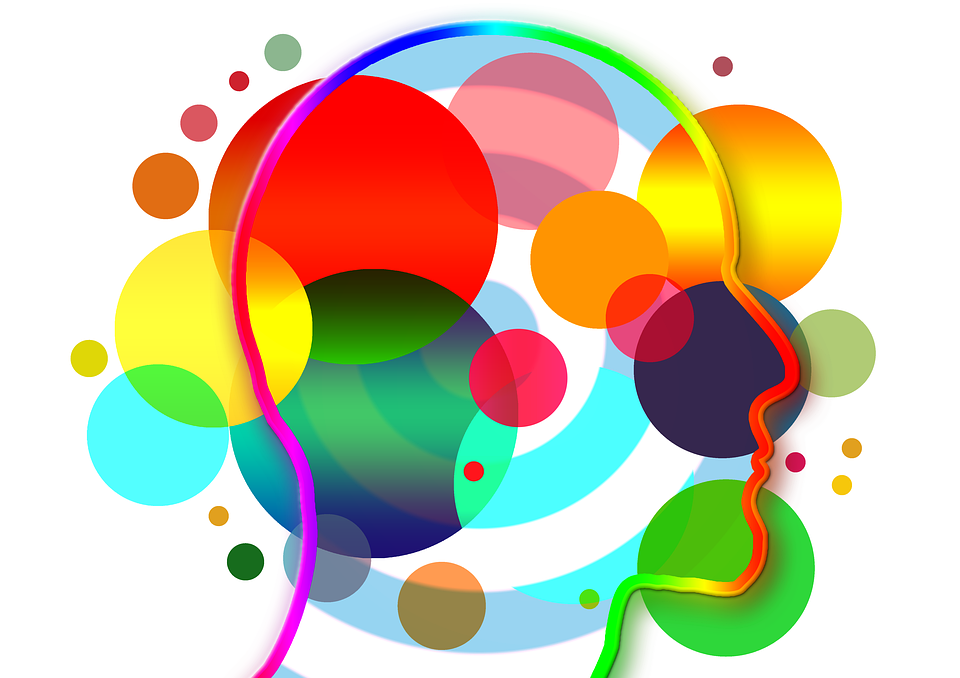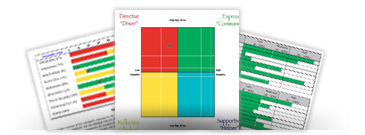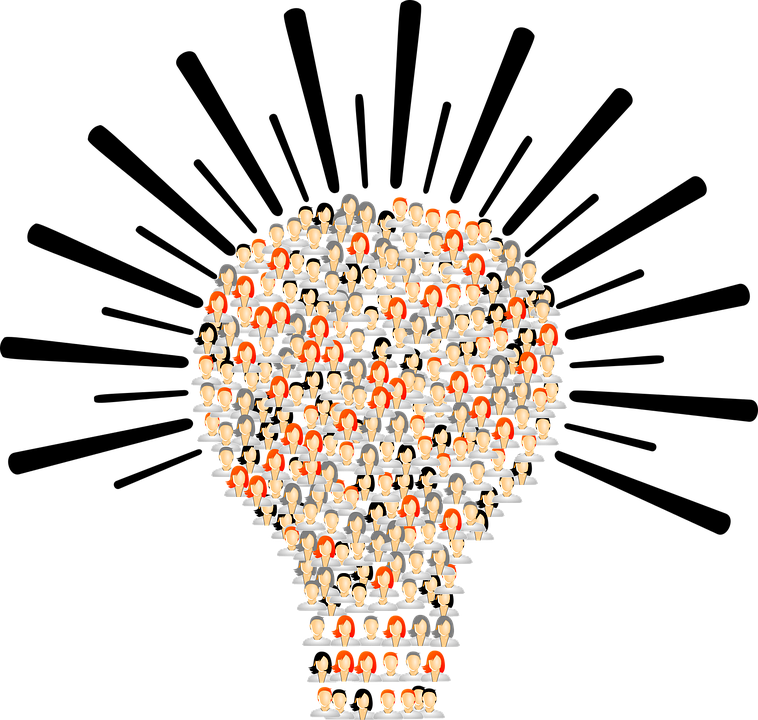Breaking News – Asher’s Emotional Intelligence for Sales Success

As one of the only leading sales training companies that focuses on incorporating the latest neuroscience into its curricula, Asher Strategies constantly peruses studies which might point to more effective selling techniques. We have discovered a very promising area in current research, which we have immediately started emphasizing to great acclaim: using emotional intelligence for sales success.
For many of you, this might be the first time you hear of emotional intelligence (EQ), as contrasted with IQ. The reason EQ is such an important subject for salespeople is that humans are emotional creatures, and therefore are far more likely to respond to emotional stimuli than to rational facts. This explains the failure of high IQ individuals who cannot sell despite their smarts — they lack the emotional component.
If you know how to use emotional intelligence, you will spend less time trying to “convince” people and more time hitting the right emotional notes which make people practically close themselves.
The following is a highly simplified breakdown of current research. By studying the following, and applying it, you can begin to leverage the power of the old, emotional brain and get better results with your sales efforts.
The Six Stimuli the Emotional Brain most responds to
Here are the most important things to focus on when trying to use emotional intelligence for sales success, with an example of an application for each:
- ME! ME! ME! – Always address buyer needs rather than how fantastic your product or service is. Fit the item into their
- Simple, Easy to Grasp Ideas – Simplify your presentations, your marketing assets, your website, etc. Get rid of the corny corporate buzzwords.
- Beginning and End – Begin with a bang by stating what they will get out of this meeting.Then end off strong and recapitulate the most important things you told them earlier.
- Clear Contrast – Develop some very clear differentiators between you and your competitors. I find that you only need 3 at most. This is the basis of the art of positioning as covered by Al Fries and Jack Trout(a highly recommended read btw).
- Images (Pictures/Videos)–Use pictures and videos in your presentations. These wake the emotional brain right up. How many perfume or clothing ads have you seen which have nothing but an image and a logo? Brands wouldn’t be spending millions on these ads if they did not produce sales.
- Engagement/Excitement (Emotion)–Involve the buyer in your presentation. Relate personal stories about existing customers similar to the buyer so they can see themselves in a similar situation.
Cognitive biases
In addition to the above stimuli, recent studies have also found that there are certain cognitive biases used by the emotional brain to make decisions quickly. These are essentially shortcuts to save time and energy expended when thoroughly analyzing things. All sorts of human behavior, from prejudices to irrational spending, can be explained by this tendency to shortcut, rather than fully analyze a situation.
Note that I am not saying these biases are in any way correct or laudable, I am simply saying this is how the emotional brain works as proven by science! And if you plan on using emotional intelligence, you need to know these data points to influence prospects.
Here are some of the most relevant cognitive biases of the old or emotional brain for salespeople. We are working on defining some more, but this is a good grounding in the subject:
Anchor– The first information received by a buyer on a new subject tends to form stable datums, or anchors, in his or her mind which is used to evaluate subsequent information. Use this to your advantage by being the first to present among your competitors.
Association – The emotional brain thinks in identities (A=A=A), so it will associate you with any bad news you deliver. It will also associate you with positive factors you present as connected, such as well-liked celebrities or influencers.
Asymmetric Dominance – When you present two very different choices, the buyer cannot make an easy decision because it’s hard to compare apples to oranges. However, if you decide on the best choice for the buyer, and present an inferior version of it as a third choice, it steers them to pick the predetermined best choice in many cases.
Commitment – Buyers tend to follow through when they commit in writing or publicly declare.
Compliment – We are naturally biased towards people who compliment us. Just be sincere about it: pick something you genuinely admire about the prospect rather than glad-hand.
Confirmation – The old brain sees what it expects to see and seeks to confirm existing ideas and judgements. It ignores information that would change its mind!
Consistency – Buyers do not like inconsistency. Keep your appointments, follow up regularly, and do what you say you will. Send emails and post on social media on a consistent basis (use Buffer or Hootsuite to manage posts).
Contrast – Buyers perceive two different items as more different than they actually are. Comparison is difficult. As a result, lower priced items will seem lower than they actually are. Pitch a high priced item first, then a low priced item, and bargain hunters tend to happily choose the lower price one even if it’s just a few bucks difference.
Emotional Connection – Buyers prefer it when you ask how they feel rather than how they are.
Expert – If an expert recommends something, it is viewed more favorably.
Expensive Equals Good – On the flipside of the contrast bias example, if you present the lower priced item first, and then present the higher priced one next and discuss its robust features and superior quality, the more expensive one will prevail.
Familiarity– The old brain distrusts novelty and favors messages received frequently. This is why salespeople who take the time to repeatedly contact prospects are rewarded with the sale eventually.
Hyperbolic Disadvantage – This one needs a better name, perhaps “Immediate Gratification.” At any rate, buyers have a tendency to want to be satisfied now with a smaller reward, instead of waiting for a bigger reward in the future. Offer immediate benefits.
Likeability – Buyers prefer to buy from appealing people they like.
LossAversion– Buyers are more five times more scared of losing than they desire winning, so you must show that your offering is low risk. Demonstrate an ROI of at least 15 percent too overcome loss aversion.
Negativity – Buyers remember the bad much more than they remember the good. Ask buyers what they like about their current vendor, and this will tend to surface the negatives as well.
Obeying Authority – Titles and status matter.
Optimism – Get buyers to imagine a rosy future with your offering.
Physical Attraction – Good grooming and looks attract better opportunities.
Placebo – Buyers strongly believe that something will have a certain effect, and so it does. Offer better performance or greater efficiency, and the buyer will tend to confirm once they buy from you. This is not an excuse to swindle with ineffective products or services!
Primacy – The first few things buyers notice tends to be what they filter subsequent information through. Make a good first impression!
Rationale – This is an interesting one. A lot of buyers will take action simply because you give them a reason to – even if that reason makes no sense. So, incorporate phrases such as “because it will…” or “because you…” or similar when closing the next step.
Reciprocity – When you give a buyer something, it makes them want to give something back. Always provide extra value.
Representative – We tend to take one trait as representative of an entire person. Dirty sneakers? “This person must be a blue-collar worker,” as an example.
Safety – Buyers lean towards avoiding pain rather than maximizing opportunities. Prove to buyers that you are trustworthy and safe.
Scarcity – Things which are scarce are perceived as more valuable. Use language which implies limited supply or time frames and it will spur decisions.
Single Option – “Take it or leave it” equals a lost sale. Offer two or three solutions and buyers will feel self-determined and make a choice six times more often than when they only have one choice.
Similarity – Buyers naturally prefer people who look like them, talk like them, and share similar views.
SocialProof – The old brain assigns lower risk to popular things, assuming that the herd or tribe cannot be wrong. Social proof also occurs when a single influential entity or person vouches for something. This is why referrals are so lucrative.
Status Quo – Related to the safety and loss aversion biases, buyers would prefer not to rock the boat. Make switching to your solution as painless as possible (easy credit terms, flexible delivery, etc.)
Trust – Buyers buy from those they trust, who they perceive have high integrity and knowledge.
At Asher Strategies, we continue to research better ways to sell through neuroscience. After all, selling has everything to do with the mind. Please subscribe to our RSS feed or otherwise visit this blog regularly for more exciting updates on emotional intelligence for sales success as they occur. Your bank account will thank you!






